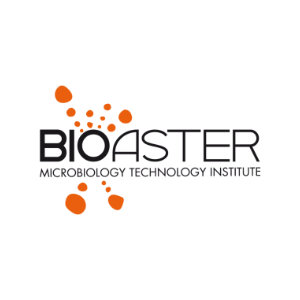
Our expertise in microbiology and molecular biology enables us to support the development of your compounds that provide a preventive or curative response to pathologies that humans face. To successfully carry out your projects, you can rely on our experts to accompany you at every stage, from the research phases to the monitoring of clinical studies.
Who are you?
What are you looking for?
In the context of the development of your drug products aimed at improving human health, you are looking for customized in vitro solutions in microbiology and molecular biology to support your R&D projects and product enhancement. Smaltis is the ideal company to meet your needs with its scientific expertise and personalized approach.
The products you plan to develop
- Antibiotics
- Antifungals
- Bacteriophages
- Antimicrobial peptides
- Other molecules for anti-infectious purposes
- Live Biotherapeutic Products
- Other compounds affecting human health through the microbiome
- Antibacterial antibodies
- Vaccine components
- Disinfectant products
The approaches you work on
Are you developing new antimicrobial compounds? Are you aiming to modulate a microbiome? Are you developing a vaccine candidate? Whatever approach you have chosen to maintain or improve human health, Smaltis offers its know-how, technological resources, and expertise to accelerate and ensure the reliability of your projects.
Our offer
Antimicrobials
Let's fight infectious diseases together
Microbiota
Let's explore the health potential of microbiota together
Bioproduction
Let's build your bioproduction tools and prepare your microbial products
Genomics
Let's study the genomic and transcriptomic aspects of your projects
Strain collections
Strain collections available for your projects
At what stage are you?
| DEVELOPMENT STAGES |
1
RESEARCH & SELECTION |
2
PROOF OF CONCEPT/EFFICACY |
3
BIOPROCESSES |
4
(PRE)CLINICAL |
| OUR SERVICES |
Screening of candidates, |
Understanding of action mechanisms, |
Development and optimization of bioprocesses, |
Support for (pre)clinical stages through in vitro monitoring of samples, |

Why choose Smaltis?
Our solutions enable you to supply, enhance, and secure your data within a rigorous scientific framework. You can rely on our experts to deliver robust and well-supported scientific results based on experiments tailored to your project and developed products. Our team will be at your disposal to provide all the necessary elements for the continuation of your project, including detailed manipulation reports, regular and critical exchanges, as well as complete traceability.
Get in touch! Back to homepage
Back to homepage























